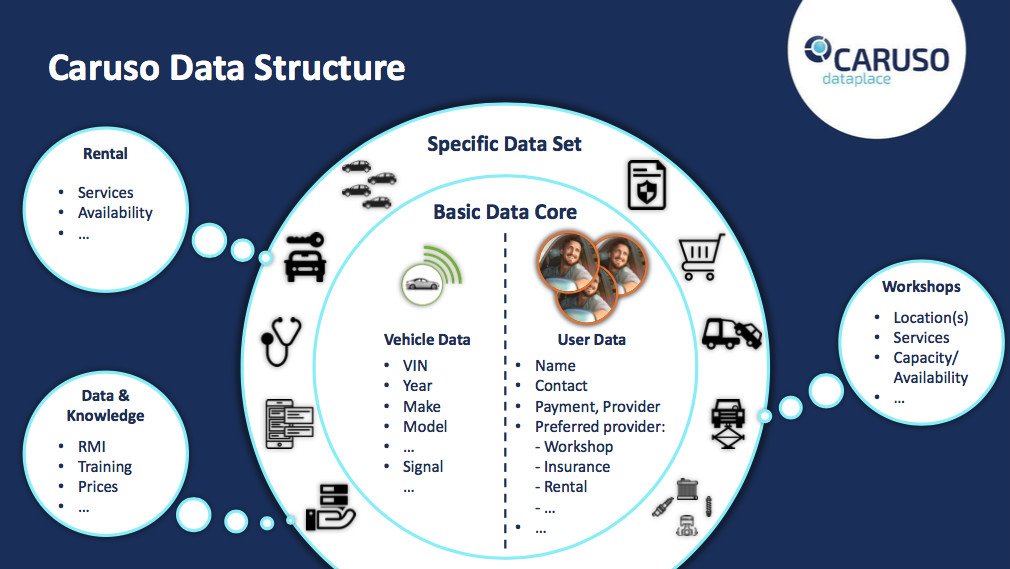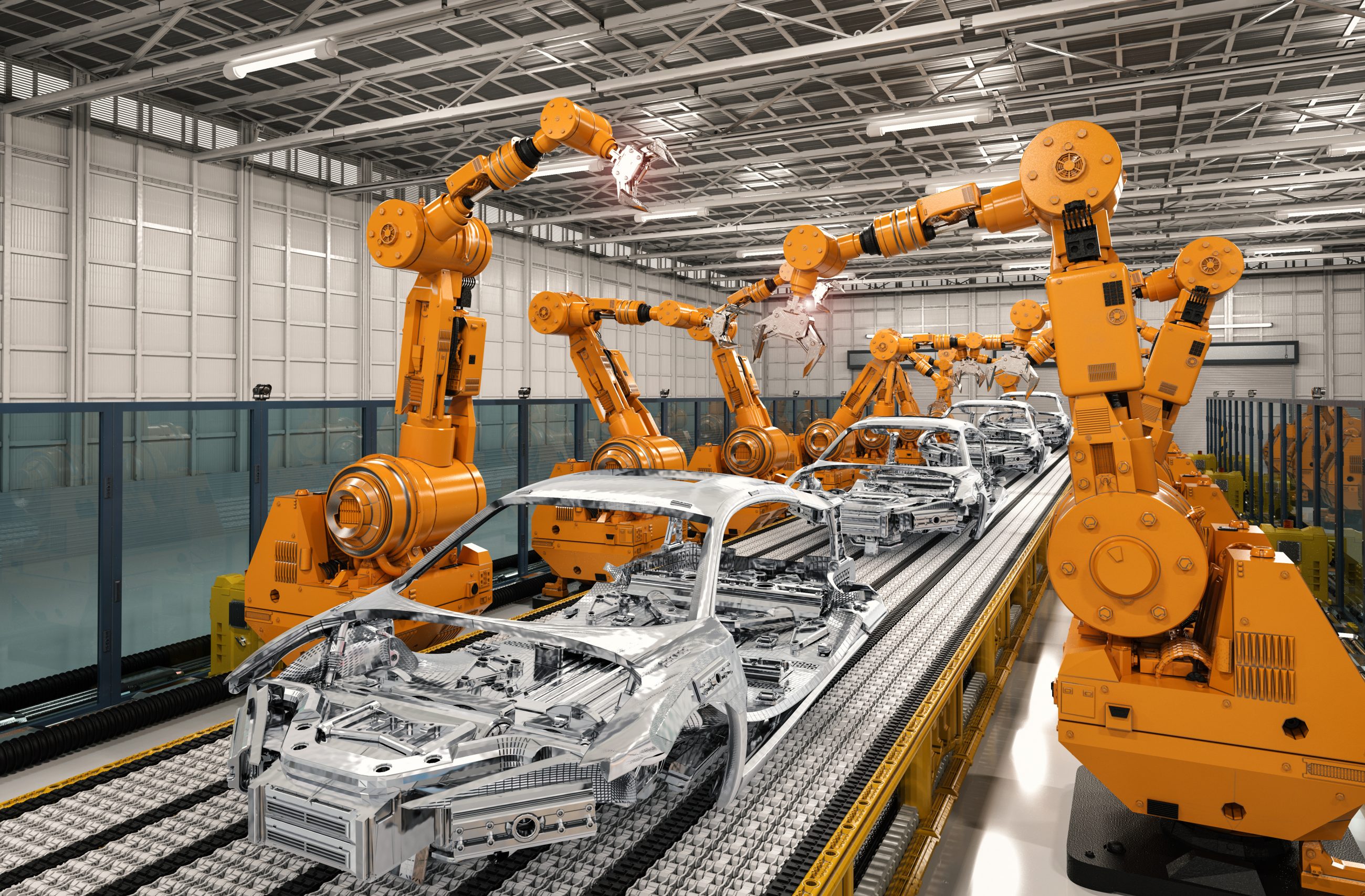OBD: the battle for control over car data has just started

According to an announcement made by Christoph Grote, Senior Vice President Electronics at BMW at the VDA Technical Congress in Berlin, German car makers are planning to progressively close the OBD port while the vehicle is being driven.
So does it mean the beginning of the end for the OBD-based industry and services such as fleet management, remote diagnostics, insurance, eco-driving, remote lock/unlock of doors, keyless start, to name a few?
The initial OBD regulation aimed to give access to the engine and emission reduction systems diagnostics data to all third party players for repair and emission check purposes.
From the BMW’s announcement, we understand that the vehicle would detect that it is being driven and would then stop the OBD data transfer. Independent repairers would still have access to diagnostics data when the vehicle is at the workshop. That way OEMs do not infringe EU competition laws. To be fair, the current OBD norms are not ideal for high-volume data traffic and may cause interference with some vehicle types when in operation.
The idea of phasing out the OBD and stoping free access to vehicle data is hardly new, we wrote about this a few years ago. What has changed is the language of the manufacturers and the advancement of alternative solutions being developed.
OEMs have stopped bringing safety issues and potential warranty avoidance as a defence to what they saw was the use of their data in a way that disintermediated them. At the same time, the safety and security issue is still real and the move towards proposing a platform that is open, standardised, independent and providing normalised data set should be a welcomed move.
Since embedded telematics is growing on new vehicles, OEMs understand the value of car data and need to build a network of value added service provider. They need to compete against the IT giants like Apple, Google or Amazon. At the same time, they cannot monetise the data directly since it doesn’t belong to them. They can however monetise access to their cloud platform and APIs. This is the concept of “Extended Vehicle” that will guarantee access, privacy and interoperability.
In the end, the clincher might come from CLEPA, the association of European Automotive Supplier. Particularly through the current development of the CARUSO Dataplace by a consortium of part manufacturers, distributors and repairers. They too aim at creating an open, neutral, interoperable, standardised and secured data cloud and service platform for the whole ecosystem.
From a legal standpoint, they might have a better chance than most. The main problem with the Extended Vehicle platform is that it would facilitate an information exchange between independent aftermarket service providers and the OEM.
This raises antitrust concerns as competitors should not be automatically informed of each other’s activities. The legal firm Osborne Clarke also confirmed that consumer must have the freedom to choose service providers, service platform, parts and applications being installed in the vehicle.
Most importantly, OEMs will be allowed to apply a licensing fee to enable the secured transmission of the data from the vehicle to a platform and make them available to 3rd parties, but the cost will have to be aligned with today’s aftermarket solutions.

